Excerpted from Virus: Vaccinations, the CDC, and the Hijacking of America’s Response to the Pandemic published by Seven Stories Press. Copyright © 2021 by Nina Burleigh.
***
Seattle, June 4, 2020, 9 a.m.
Missy Peña reclined on a gurney with two giant needles jammed into her inner arms. At thirty-three and in perfect health, she had gotten used to regular blood draws as one of the first 45 COVID vaccine trial participants in the world. But this draw at the Washington Center for Apheresis Therapy was on a whole other level, with a humming biotech vampire machine attached to her. She tried not to jostle the iPad in her lap, which had Avatar cued up. It was her favorite movie, and she never got tired of it; today it was helping her ignore the sound of her blood bubbling out of her body and back in.
Author Nina Burleigh will be answering questions about COVID, the vaccine, and how the country responded to the crisis on Thursday, May 20th. Save your spot at this free event here.
The giant needles were connected to clear plastic tubes that were attached to a large plastic box called an apheresis machine. The machine suctioned Peña’s blood out of one arm, sifted and captured white blood cells, and then returned the blood back into her other arm. For four hours, Peña lay still as the machine collected her white blood cells.
The vegan illustrator was now also a medical milestone, one of the first humans ever to receive an mRNA vaccine.
Getting to the Trials
Until COVID hit, Peña had little interest in medical news. She sold her fantasy-and gamer-themed artwork at comic book and science fiction conventions around the country. She learned of the COVID vaccine trial by chance via a Twitter notice around March 3, a time when for most Americans the coronavirus was still only faraway news, albeit increasingly alarming. Peña had been more affected than most. She lived in Seattle, where the first U.S. COVID death had been announced. And the conventions where she made her living kept getting canceled. She had just flown back from her last one in Chicago, and was so stressed out about the virus that she had worn a mask on the plane.
She clicked on the link, read the brief notice seeking 45 participants for an NIH Division of Microbiology and Infectious Diseases “Phase I, Open-Label, Dose-Ranging Study of the Safety and Immunogenicity of 2019-nCoV Vaccine (mRNA- 1273) in Healthy Adults.” The address for the clinical trials was at a Kaiser Permanente location not far from her home. She decided to apply.
Clinical trials of new vaccines run in three phases. Phase one is primarily concerned with safety, and phase two adds in placebos. These first two phases are conducted on small groups of people. The third phase involves much larger numbers of people, and includes placebo shots as a control. The first phase is theoretically the most dangerous. Animal studies—which precede human trials—can only go so far in predicting how the human body will react. Trial participants must agree to the risks.
Read More: Another Reason to Love Dolly Parton: She Helped Fund a COVID Vaccine
Facing the Risks
Three days after she filled out the form, Peña got a call and an email with the first of dozens of consent forms to read and sign. The consent form informed her that the mRNA-1273 vaccine “has shown promise in animal models, and this is the first trial to examine it in humans.” It warned her that the risks included death and unknown long-term effects. Throughout the trial, Peña said, the clinicians never stopped reminding her of the risks, asking if she was sure she wanted to continue.
Throughout the trial, Peña said, the clinicians never stopped reminding her of the risks.
“I just had to help,” Peña said. “Both of my parents and my grandfather were firefighters. I don’t come from a science background but my family are about self-sacrifice. And as an artist I feel like I have a very selfish career. I do what I love, and it doesn’t feel like work.”
On Saint Patrick’s Day, Peña received the first shot. The clinical trial had divided participants into groups of fifteen, giving each a different dose. She has never been told her dosage. They sent her home with a thermometer and a soft ruler, for measuring her temperature and any arm swelling. The injection site was moderately sore for three days. Three weeks later, she got her second dose, and that one did cause a night of chills, fatigue, and low fever.
She returned for weekly blood draws, and in May submitted to the leukapheresis (so named because leuko means “white,” as in leukocytes, or white blood cells), a step further in the trial that not all the participants had agreed to. Peña was allowing researchers to cycle all her blood through a machine for four hours to see how and whether the vaccine had made her body more COVID-proof.
The Rewards?
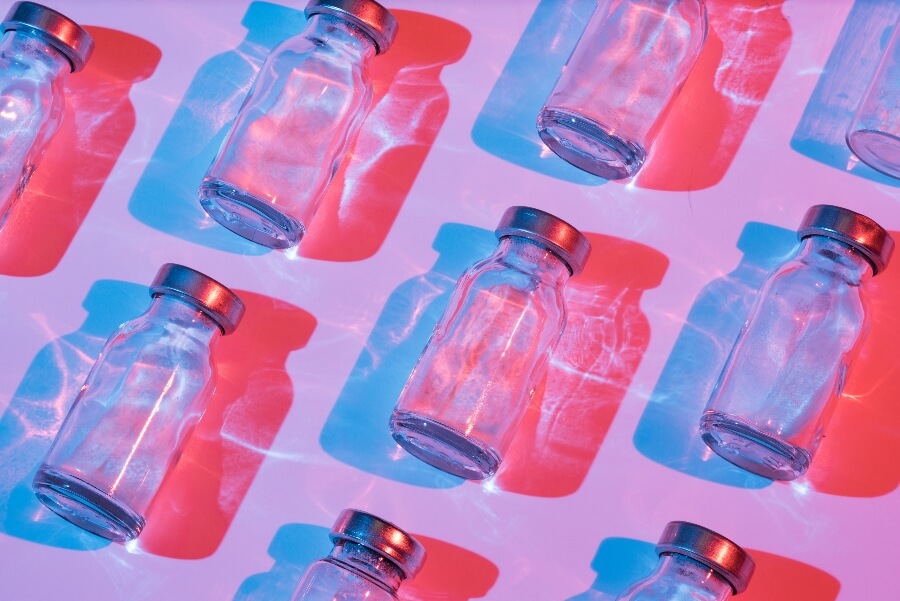
When she glanced away from her iPad, she could see a clear plastic bag attached to the humming machine, slowly filling up with a weird Pepto-Bismol pink liquid. It was gross and fascinating at the same time. These were her white blood cells, separated from her blood by the machine for easier study.
Peña said she was happy to do it, even though the sacrifices continue today. In fall, she found a new job in Barcelona, working for a Spanish gaming company. But she had committed to regular blood draws for 14 months after the first shot, so she remains in Seattle. She’s scheduled to move to Barcelona later. Vials of her blood, and her fully sequenced genome, will remain back at home with American scientists for future study.
When she signed on, Peña knew she was involved in an important public health event. But she didn’t know that the vaccine that made her arm sore and gave her a slight fever was destined to be mass-produced and given to millions of Americans—the beginning of the long-awaited “genetic plug and play,” as vaccinologist Dr. Paul Offit put it. For the first time outside the lab, medical science was dipping into the primordial soup of life, picking out strands of RNA floating in the salty nano-sea of cell nuclei, and turning the human body into its own drug factory.
And Missy Peña helped make history.
Read More: COVID Vaccine Side Effects Are Worse for Women. Here’s Why

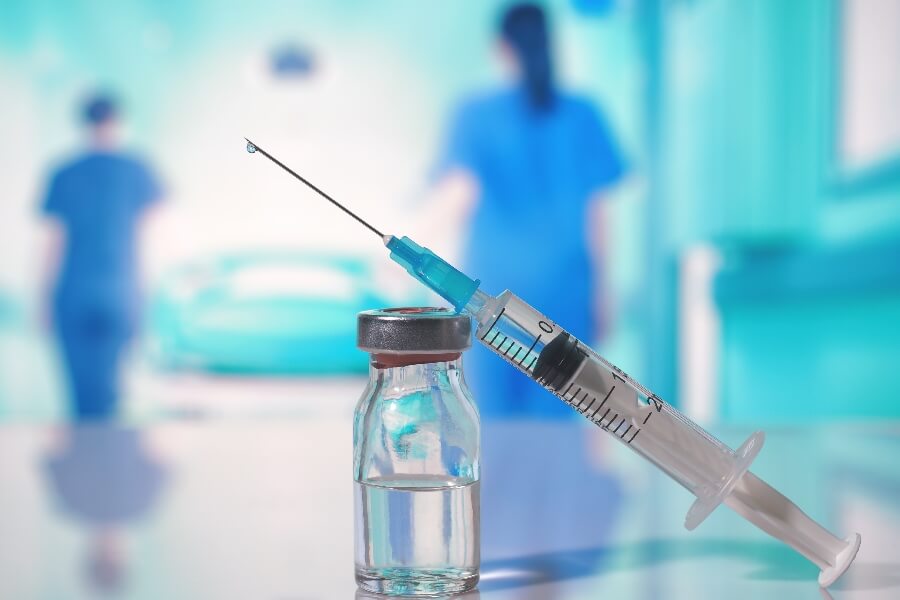
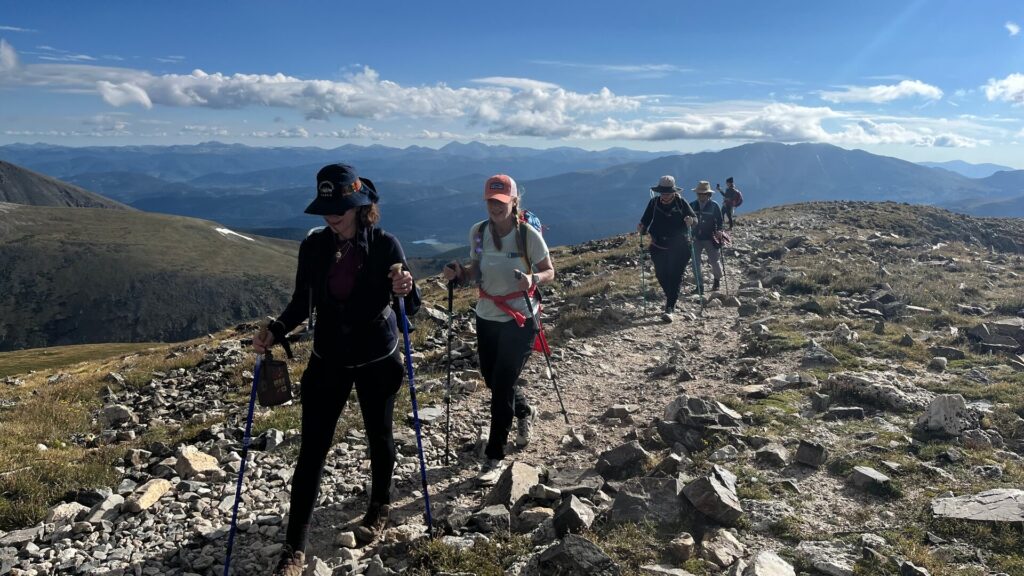



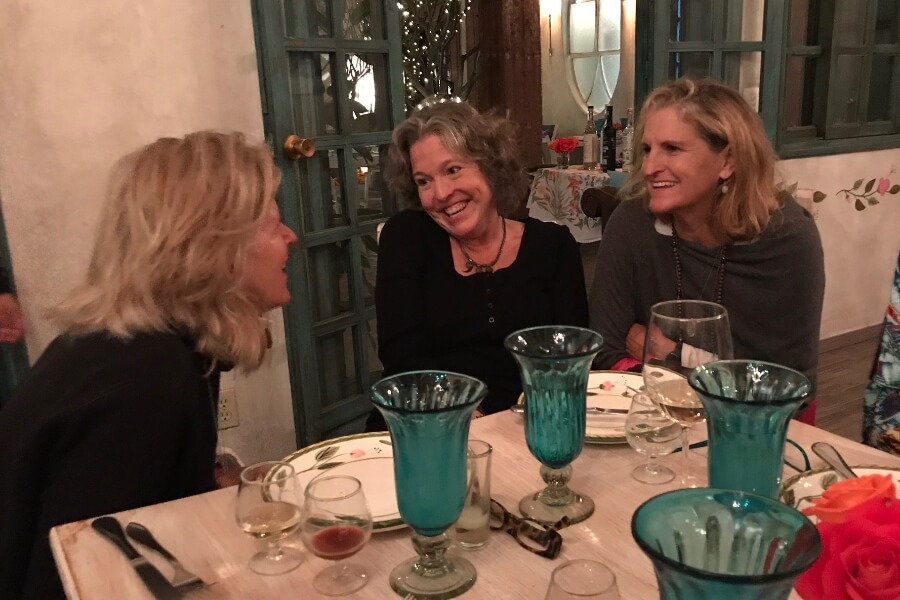
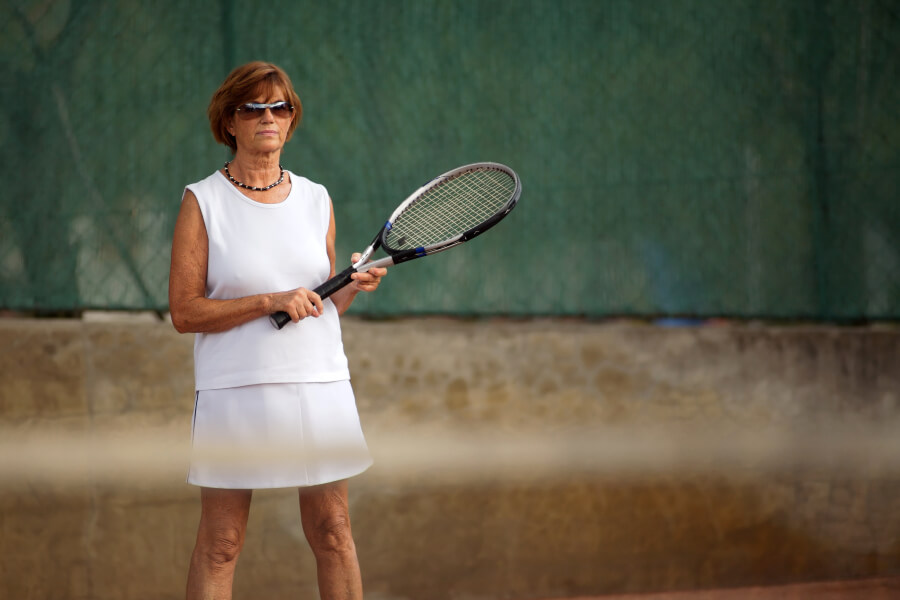


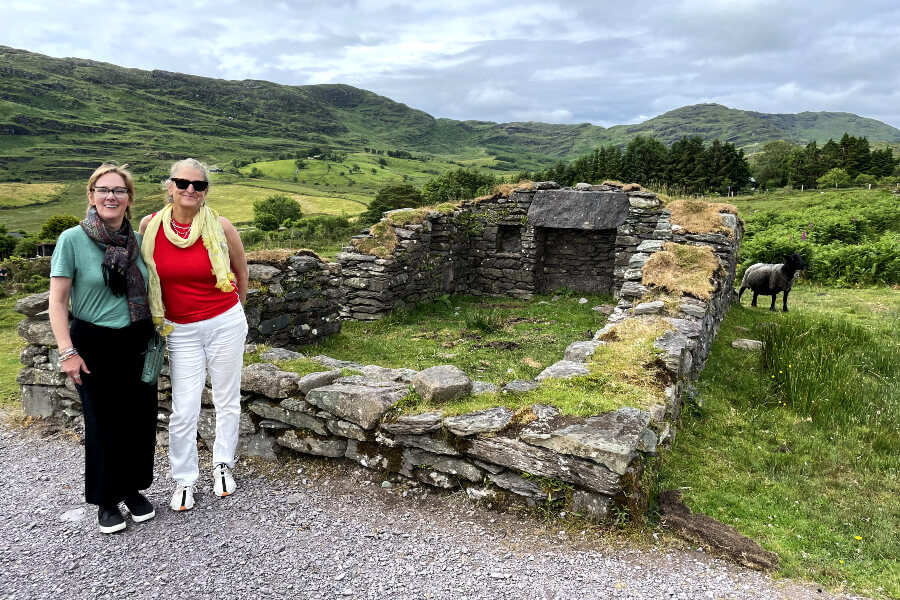
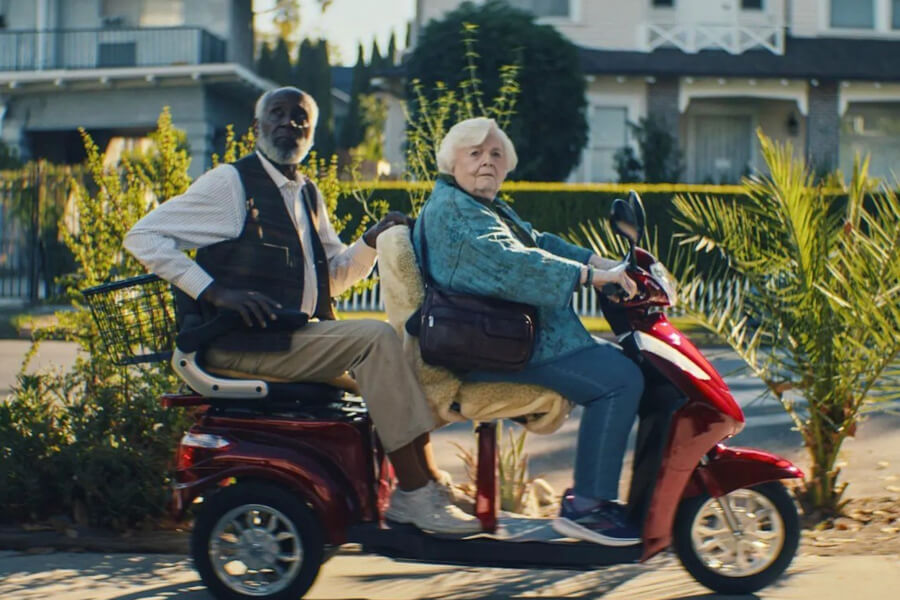
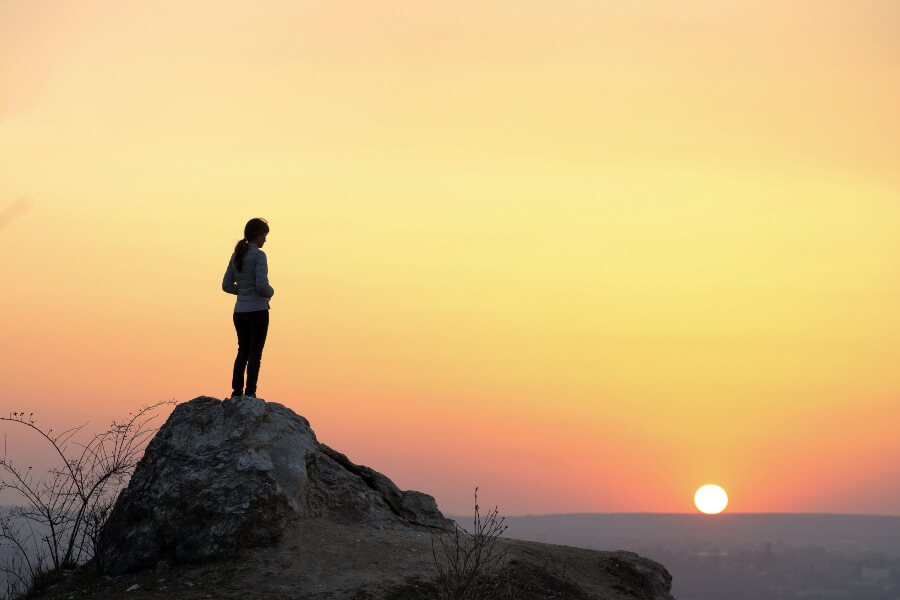
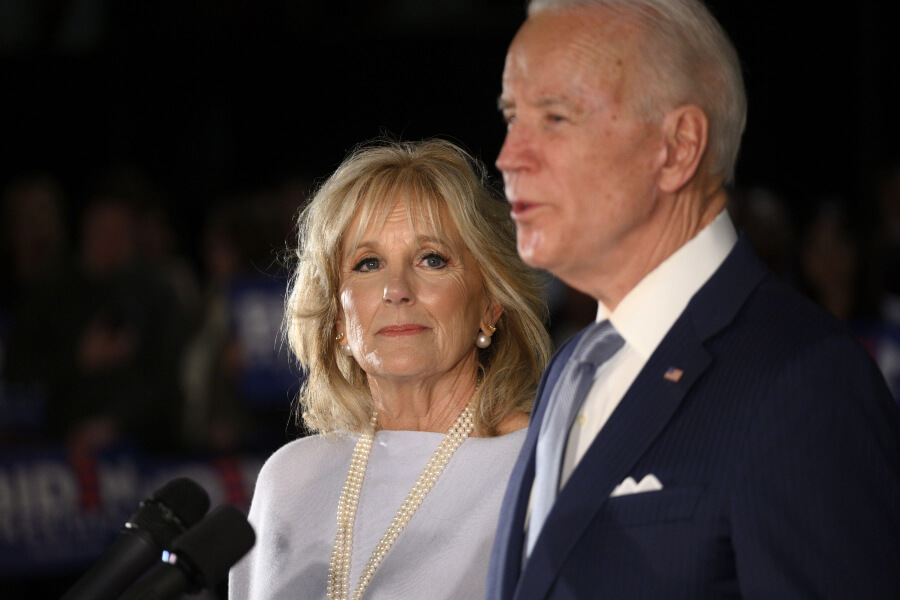

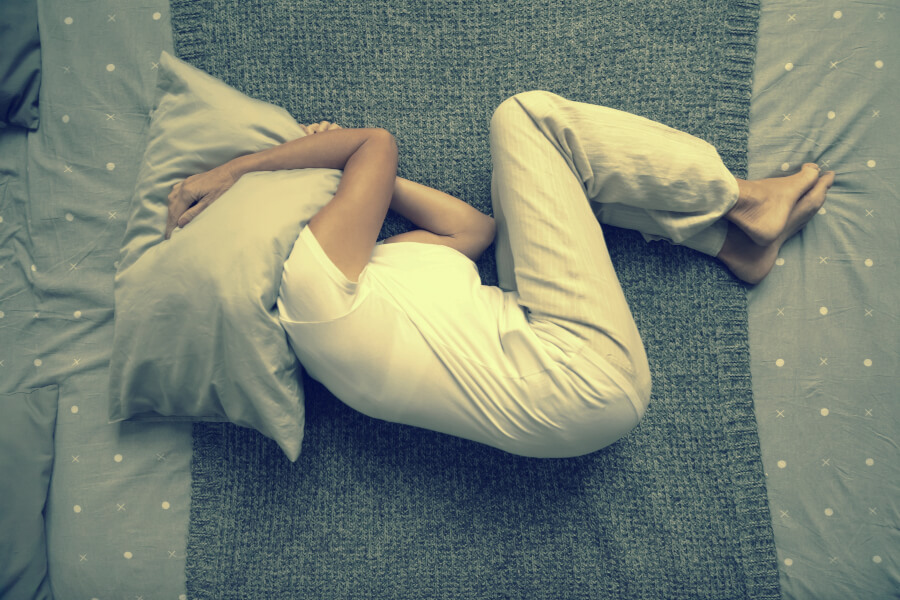
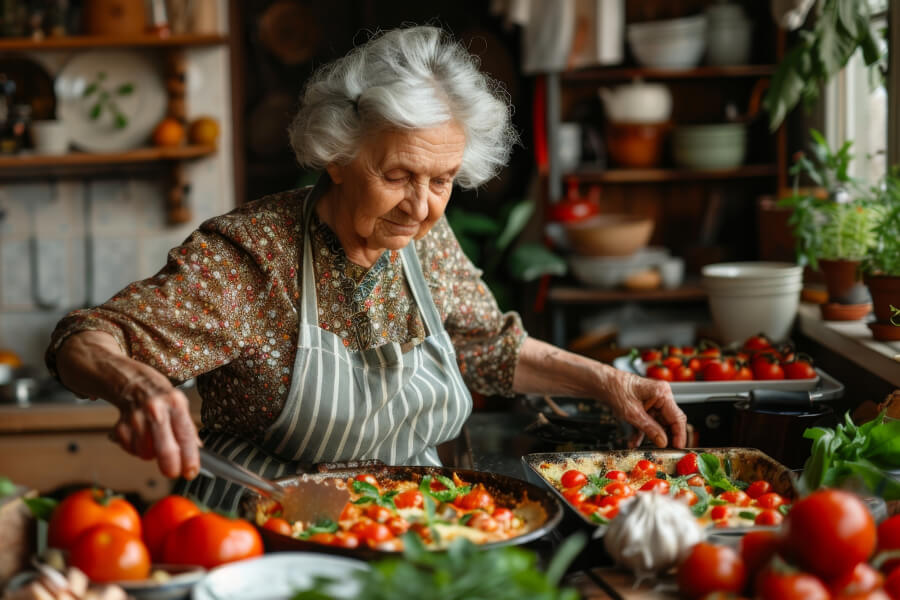

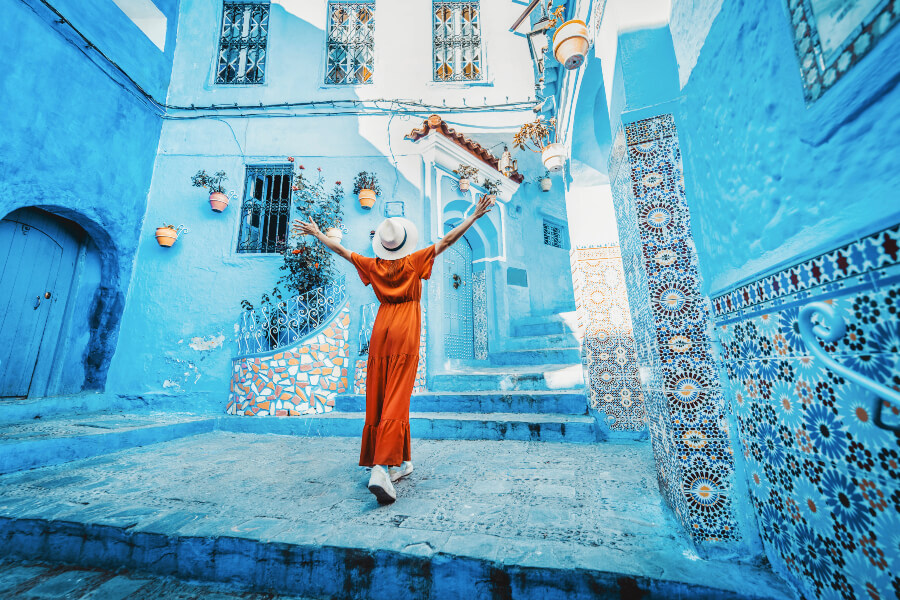
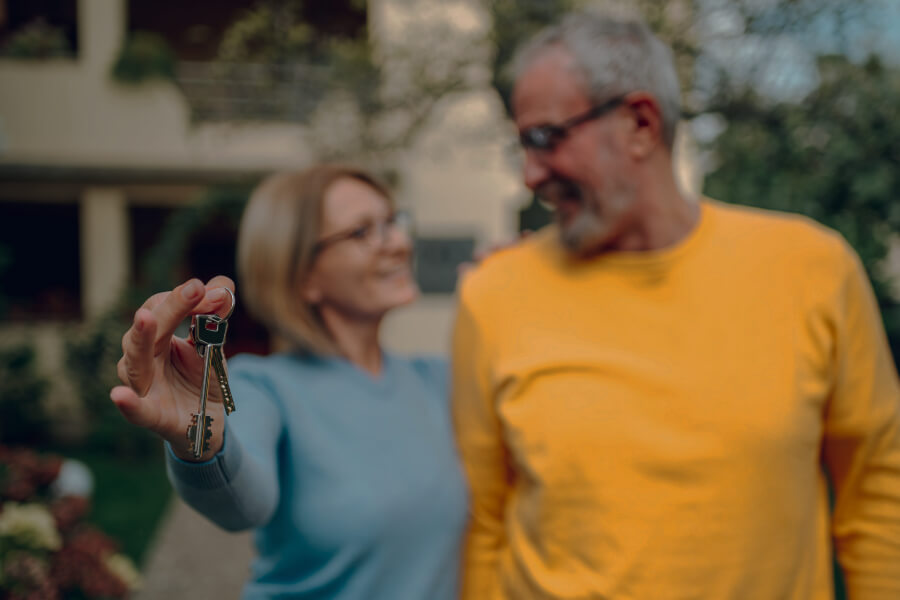

0 Comments